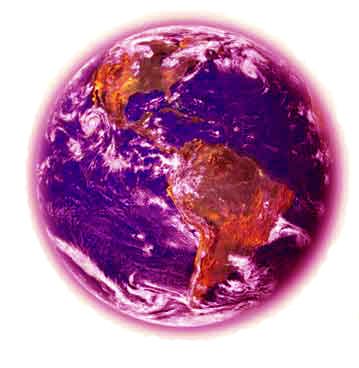
Our Planet in 2220?
At the Cambridge headquarters of Warm Home Cool Planet we’re well served with local scientific opinions-what with the big brains of Harvard at one end of town and the super-colliding intelligence of MIT at the other. Sometimes the smart folks from Tufts University in our neighboring town of Somerville get overlooked.
That might be changing with today’s Boston Globe article covering the controversial theory expounded by Tufts astrophysicist, Eric J. Chaisson. In a recent paper Chaisson has put forward the theory that even if we solve the environmental problems caused by greenhouse gas emissions, the rate at which we are generating radiant heat through the generation and use of non-renewable energy sources could result in catastrophic changes in the earth’s eco-systems and atmosphere within two centuries.
“What this means for humans is that this is the ultimate limit to growth,” said Dennis Bushnell, the chief scientist at NASA’s Langley Research Center, who urged Chaisson to publish his idea. “As we produce more kilowatts, we have to produce more waste heat.”
Some critics have cautioned that it is impossible to predict what technologies will be developed to handle the problem of radiant heat over the next hundred years or so. And, that if we don’t figure out how to limit the damage greenhouse gases are already causing to our environment, it’s kind of a moot point.
After looking at both sides of this argument, it is the opinion of Warm Home Cool Planet that we need to worry about what’s coming out of the tailpipe first before we consider how hot the tailpipe is.
